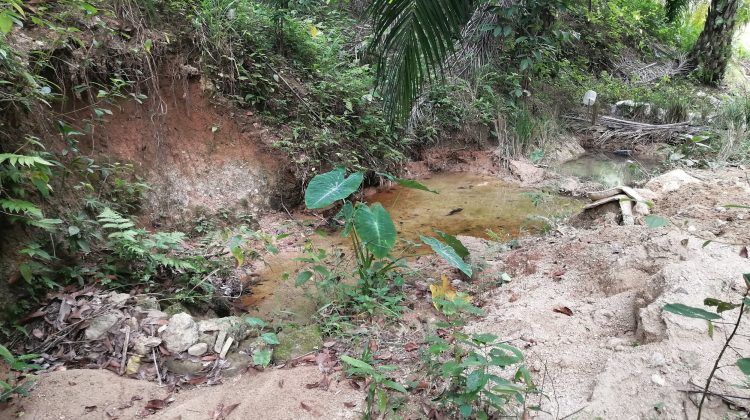What is permaculture? If I could crystallise the definition of this often loosely used term, I would pin this down solely to the biomimicry science of harvesting, storing, channeling and consumption of resources/energies in the natural world in accordance to how nature has been hardcoded to work.
The harvesting of energy occurs literally at all levels in nature. Here’s one in progress at just a tiny space. Moisture (water, a form of energy) is captured early in the morning as a protective covering of dew to reduce water stress/transpiration in plants; seen here a calamansi. Without stress, it’s all ready to take on the day!
As night turn to day, plants switch from utilising oxygen (energy) to harvesting carbon (energy) from the atmosphere, which feeds fungi in the soil/roots, who returns much needed sugars (energy) for plants. Solar energy (sun) is also harvested to make food (energy) for us humans. Yes, the sun actually feeds us, indirectly.
As plants grow, they hold the soil (yes, that’s a form of energy too) together and help keep moisture in the ground (a kind of “harvesting”), while simultaneously helping to feed us in return, all without grumbling or asking for anything (well, maybe for their own protection from us humans if that qualifies).
In view of this, they’re deemed a cheap labour (I say cheap, not free) to do our bidding if managed well. Not free labour, because we still have to do our little part to ensure this cycle of energy harvesting is balanced to ensure a nett positive energy creation for our existence.
Hence, the practice of permaculture calls for a recognition of this efficient and balanced pattern of energy harvesting and transference between all forms of life for everyone’s continued survival, without putting any components in the equation at a huge disadvantage.







